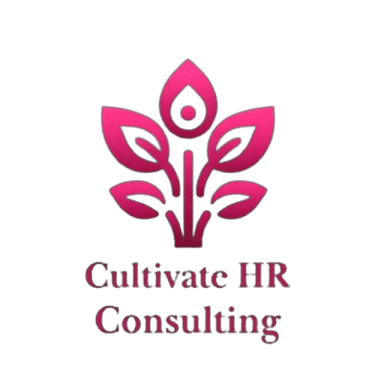How to Create a Job Description That Attracts Top Talent
Blog post description.
RECRUITMENT
9/6/20243 min read


A well-crafted job description is more than just a list of tasks and qualifications—it’s the foundation of an effective hiring process. It sets clear expectations, helps attract the right candidates, and ensures alignment between the role and company goals. Whether you’re an HR professional or a hiring manager, this guide will walk you through the best practices for gathering information, structuring your job description, and writing it in a way that engages and informs potential applicants.
Gather Accurate Information About the Job
Before you can write a compelling job description, you need to fully understand the role. This involves gathering detailed information about the responsibilities, expectations, and qualifications required.
Here’s how to start:
Conduct a Job Analysis:
Interviews: Speak with current employees in similar roles to understand their day-to-day responsibilities and challenges.
Surveys or Questionnaires: Use these tools to gather input from employees or managers about the key duties and necessary skills.
Observation: Shadow employees performing similar tasks to gain firsthand insights.
Collaborate with Key Stakeholders:
Meet with department heads, team members, and leadership to understand the role’s purpose, goals, and alignment with company objectives.
Review Existing Documentation:
Check old job descriptions, performance reviews, and training manuals for relevant details.
Benchmark the Role:
Research similar roles within your industry to identify standard responsibilities, skills, and qualifications.
Taking the time to gather accurate, comprehensive information ensures your job description is grounded in the reality of the role.
Structure Your Job Description
A great job description has a clear, easy-to-follow structure that provides candidates with all the information they need to understand the role and decide whether to apply.
Here are the essential components to include:
Job Title: Use clear, industry-standard titles to ensure your job posting attracts the right candidates.
Job Summary/Overview: Provide a concise, high-level description of the role. Highlight its purpose, key responsibilities, and how it contributes to the organization’s goals.
Key Responsibilities
List the main tasks and responsibilities in order of importance.
Use action-oriented language (e.g., “Manage and oversee...” or “Develop and implement...”).
Limit this section to 5-7 core duties to keep it focused. You do not need to list every task that the employee will be expected to complete, but you want to make sure you have enough information to give a solid preview of the role.
Qualifications
Outline the required education, certifications, and years of experience.
Separate “required” and “preferred” qualifications to avoid discouraging great candidates.
Skills: Include both hard skills (e.g., proficiency in particular software) and soft skills (e.g., communication, time-management, or problem-solving).
Work Environment and Physical Requirements: Specify if the role requires physical labor, travel, or remote work. O*NET offers a vast collection of information about various occupations, including specific details on the typical work environment, physical demands, required skills, and more.
Salary Range and Benefits: Be as transparent as possible. In today's market, candidates want to know upfront if the position will match their salary expectations. I am a firm believer in sharing this information as often as possible. Time is valuable and we do not want to waste it. If an exact range isn’t available, use phrases like “competitive salary based on experience.”
Reporting Structure: Clarify who the position reports to and whether the role includes supervisory responsibilities.
Application Instructions: End with a clear call-to-action, such as “Apply by sending your resume and cover letter to [email address]" or "click the link to apply directly to this role.”
Best Practices for Writing Job Descriptions
Once you have the structure in place, it’s time to focus on writing the job description in a way that is clear, engaging, and inclusive.
Be Clear and Concise
Avoid jargon and overly technical language.
Use short, focused sentences to improve readability.
Use Inclusive Language
Avoid biased terms like “rockstar” or “ninja” that may deter qualified candidates.
Use gender-neutral language and review your description with tools like Textio or Grammarly to ensure inclusivity.
Focus on Outcomes, Not Just Tasks
Emphasize what the role is expected to achieve, not just the day-to-day activities. This helps candidates understand the value they’ll bring to the team.
Keep Expectations Realistic
Avoid listing excessive qualifications or creating a “wishlist.” Stick to what’s truly necessary for success in the role.
Regularly Review and Update
Job descriptions should evolve as the role and organization change. Schedule periodic reviews to keep them relevant.
A great job description does more than attract candidates—it sets the tone for a successful hiring process. By investing time in gathering information, structuring your description thoughtfully, and writing with clarity and inclusivity, you’ll increase your chances of finding the perfect match for your team.
If you’d like more personalized advice or help crafting job descriptions for your business, reach out to Cultivate HR Consulting. With our expertise in HR solutions, we’re here to help you attract and retain top talent.
